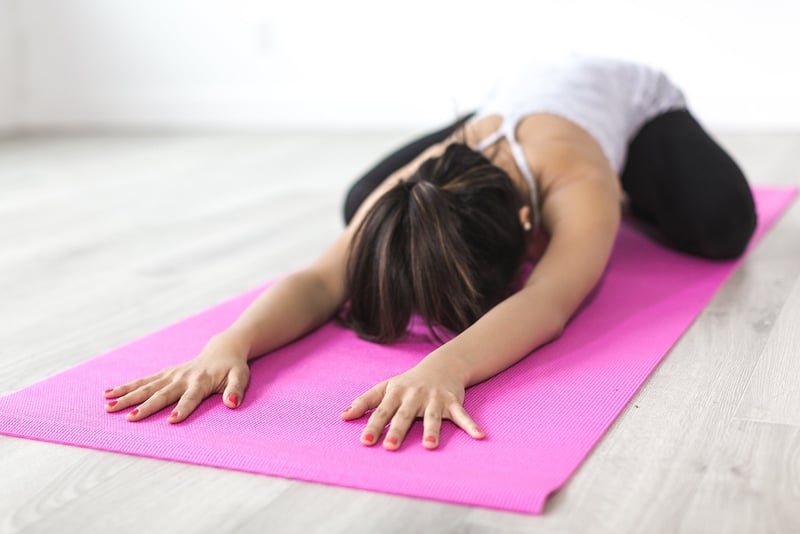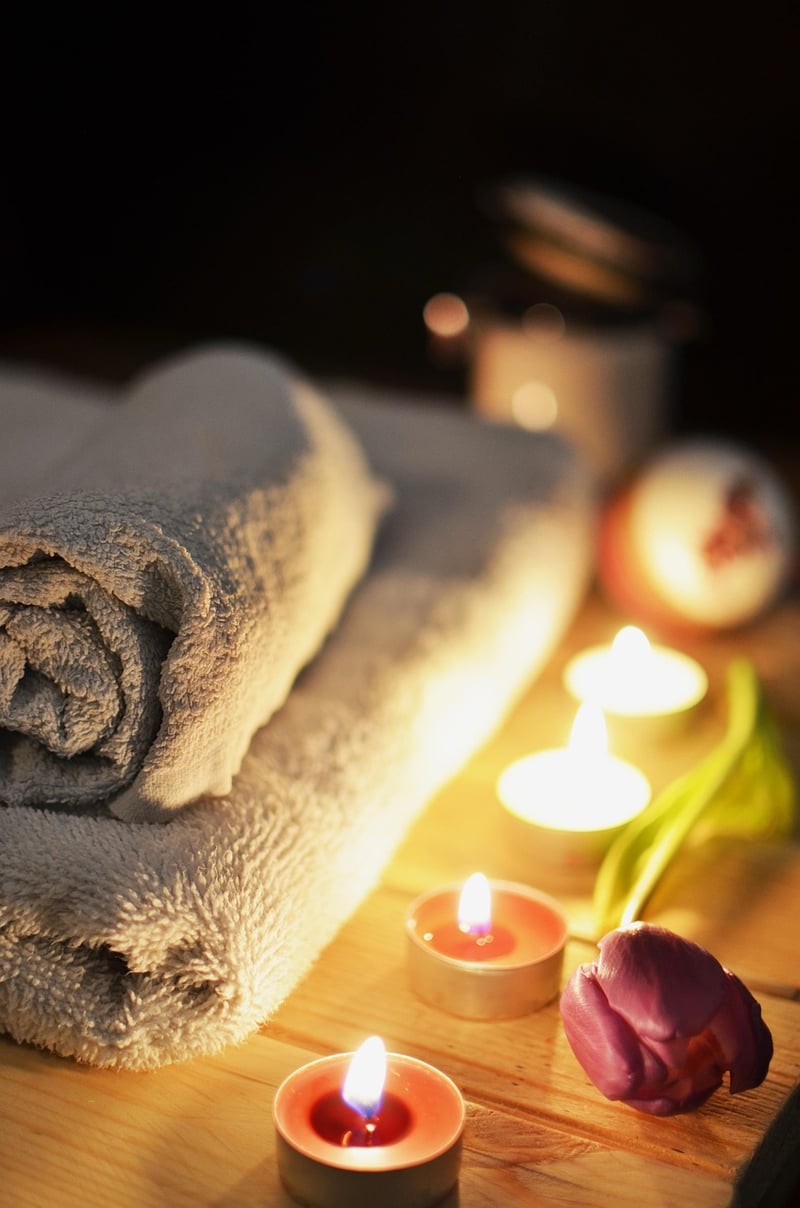Restorative
The Power of Physical and Mental Practice Combined with Restorative Techniques
Incorporating a balanced approach to physical and mental well-being is key to living a healthy and fulfilling life. By combining regular physical practice with mental exercises and restorative techniques, you can enhance both your physical strength and mental resilience.
Benefits of Physical Practice
Engaging in regular physical activity is essential for maintaining a healthy body. Whether it's through cardiovascular exercises, weight training, yoga, or any other form of physical practice, the benefits are numerous. Physical activity helps improve cardiovascular health, build muscle strength, enhance flexibility, and boost overall mood through the release of endorphins.

Importance of Mental Practice
Just as physical exercise is vital for the body, mental practice is crucial for the mind. Activities such as meditation, mindfulness, journaling, and cognitive exercises help sharpen cognitive function, reduce stress, improve focus, and promote emotional well-being. By incorporating mental practice into your daily routine, you can cultivate a positive mindset and enhance your overall mental health.

Restorative Techniques for Overall Well-being
Restorative techniques play a significant role in rejuvenating both the body and mind. Practices such as deep breathing exercises, progressive muscle relaxation, massage therapy, and adequate sleep contribute to reducing tension, promoting relaxation, and enhancing recovery. Taking time to rest and restore is just as important as engaging in physical and mental activities.

Conclusion
By combining physical and mental practice with restorative techniques, you can achieve a holistic approach to health and well-being. Remember to listen to your body, nurture your mind, and prioritize rest to maintain a balanced lifestyle. Incorporating these practices into your daily routine can lead to improved overall health, increased vitality, and a greater sense of well-being.
